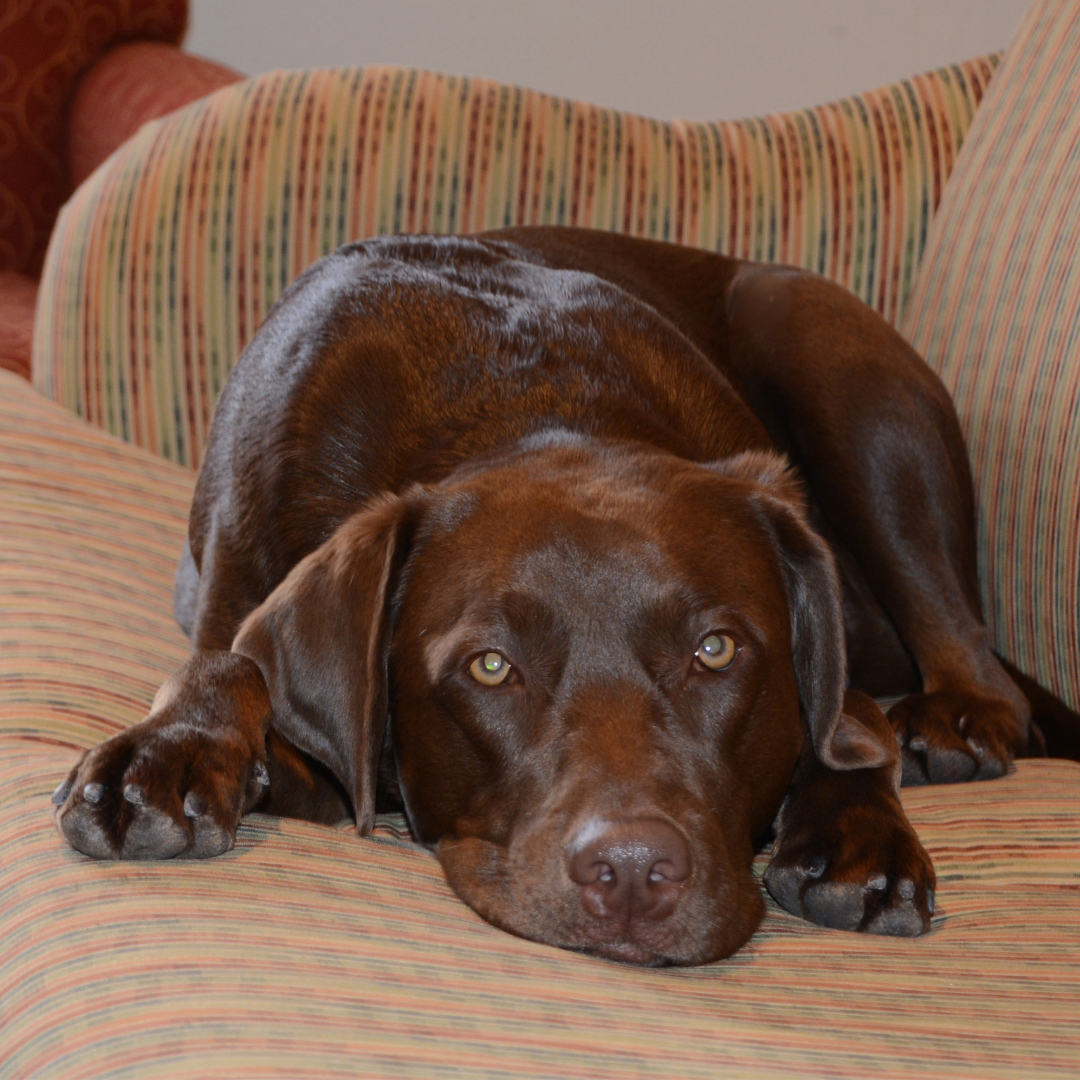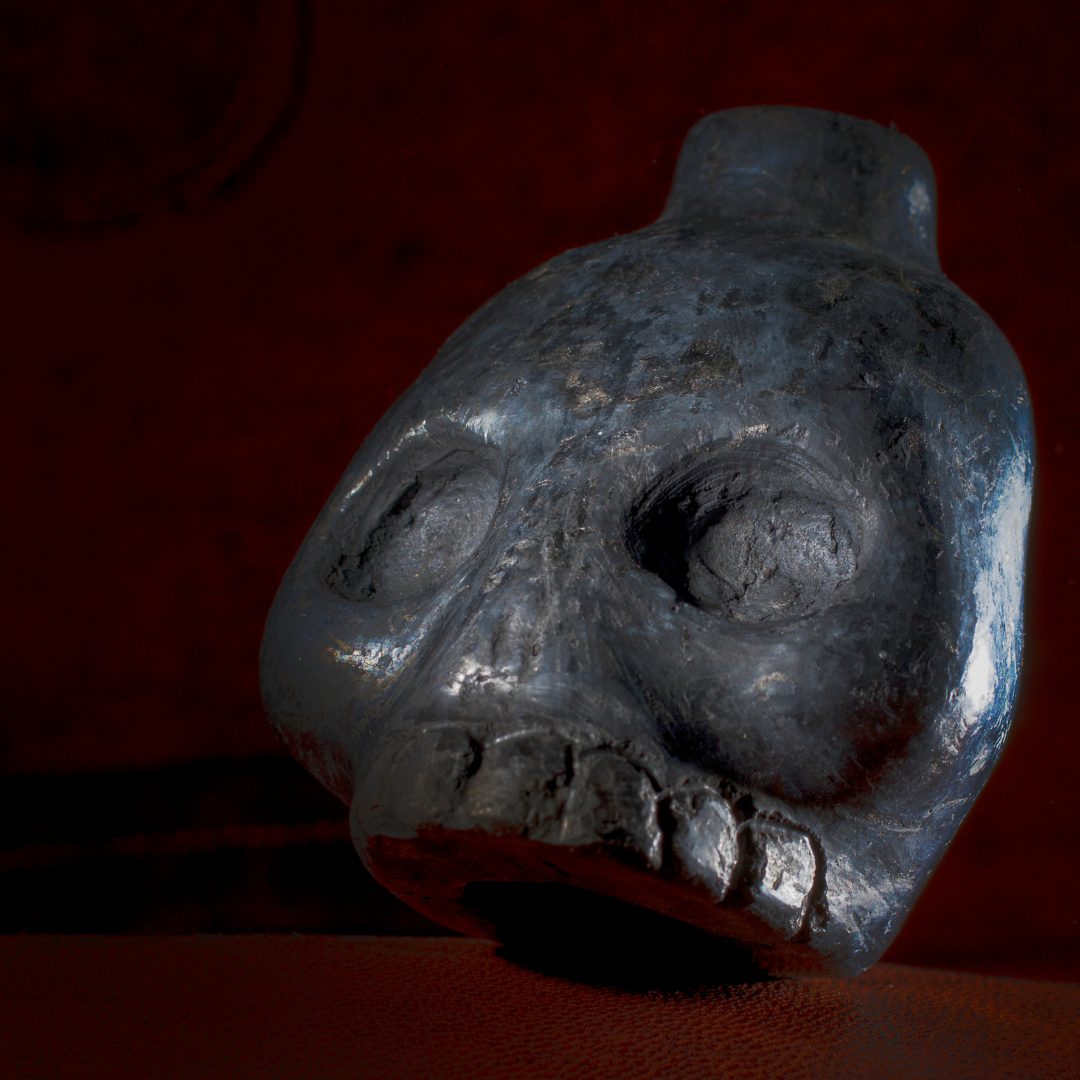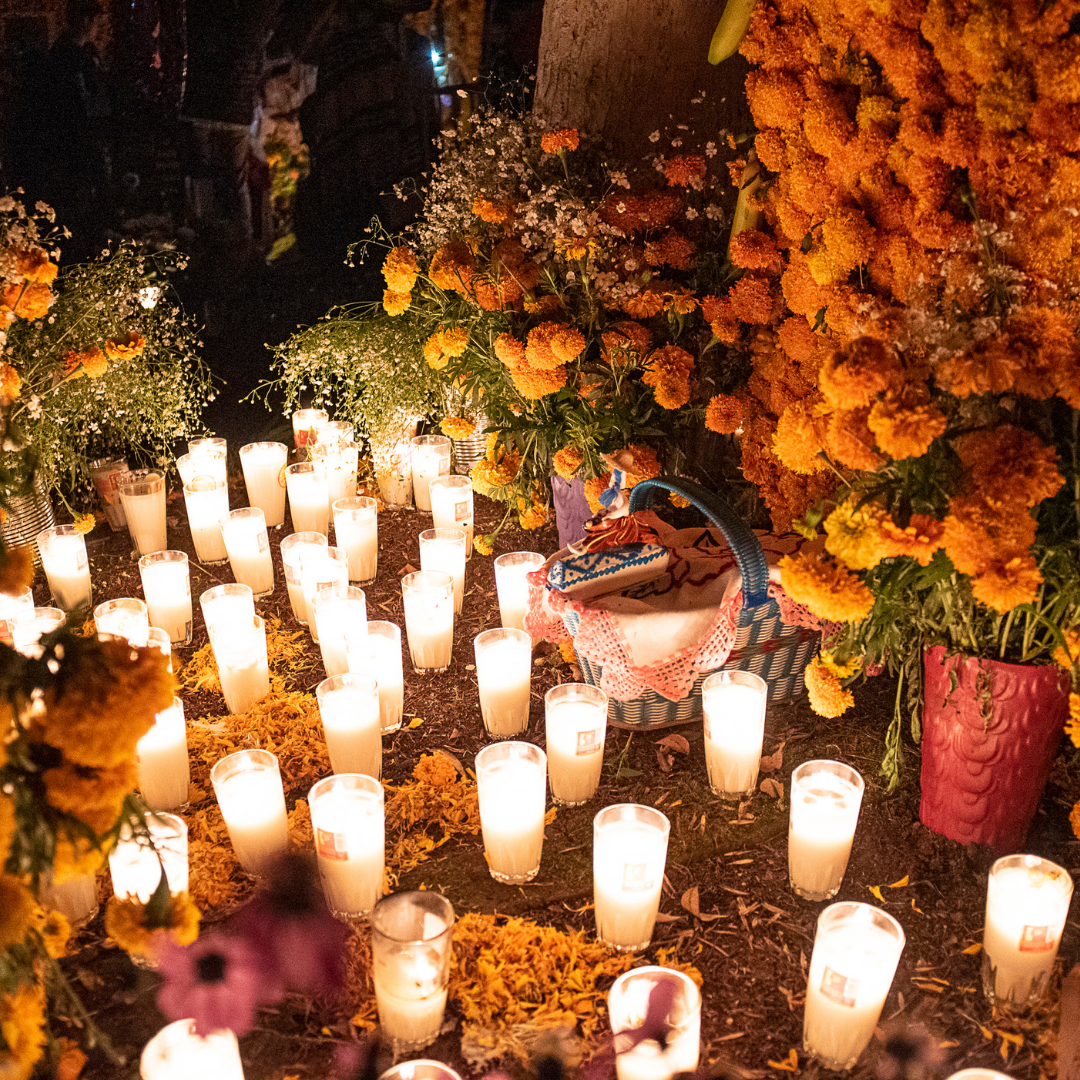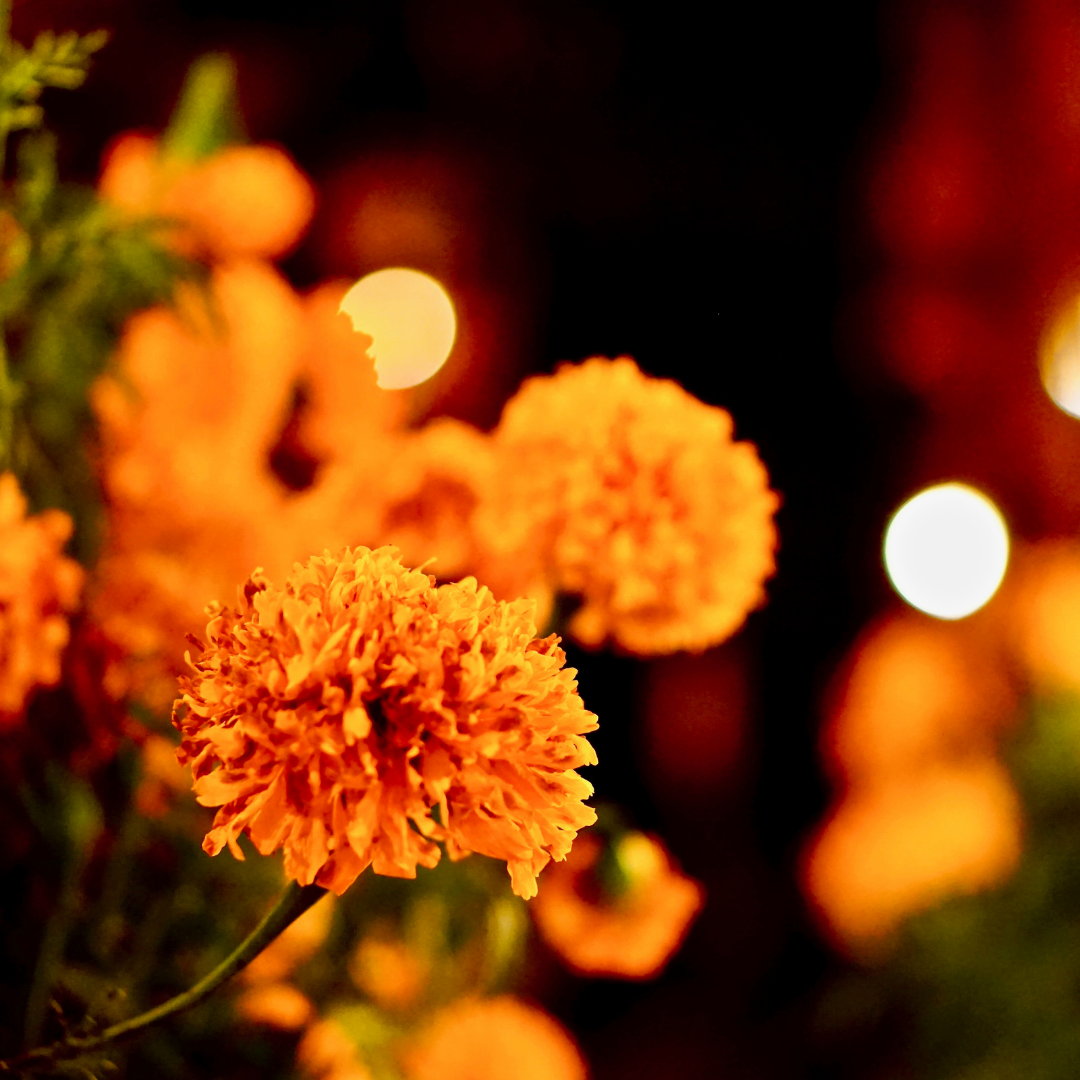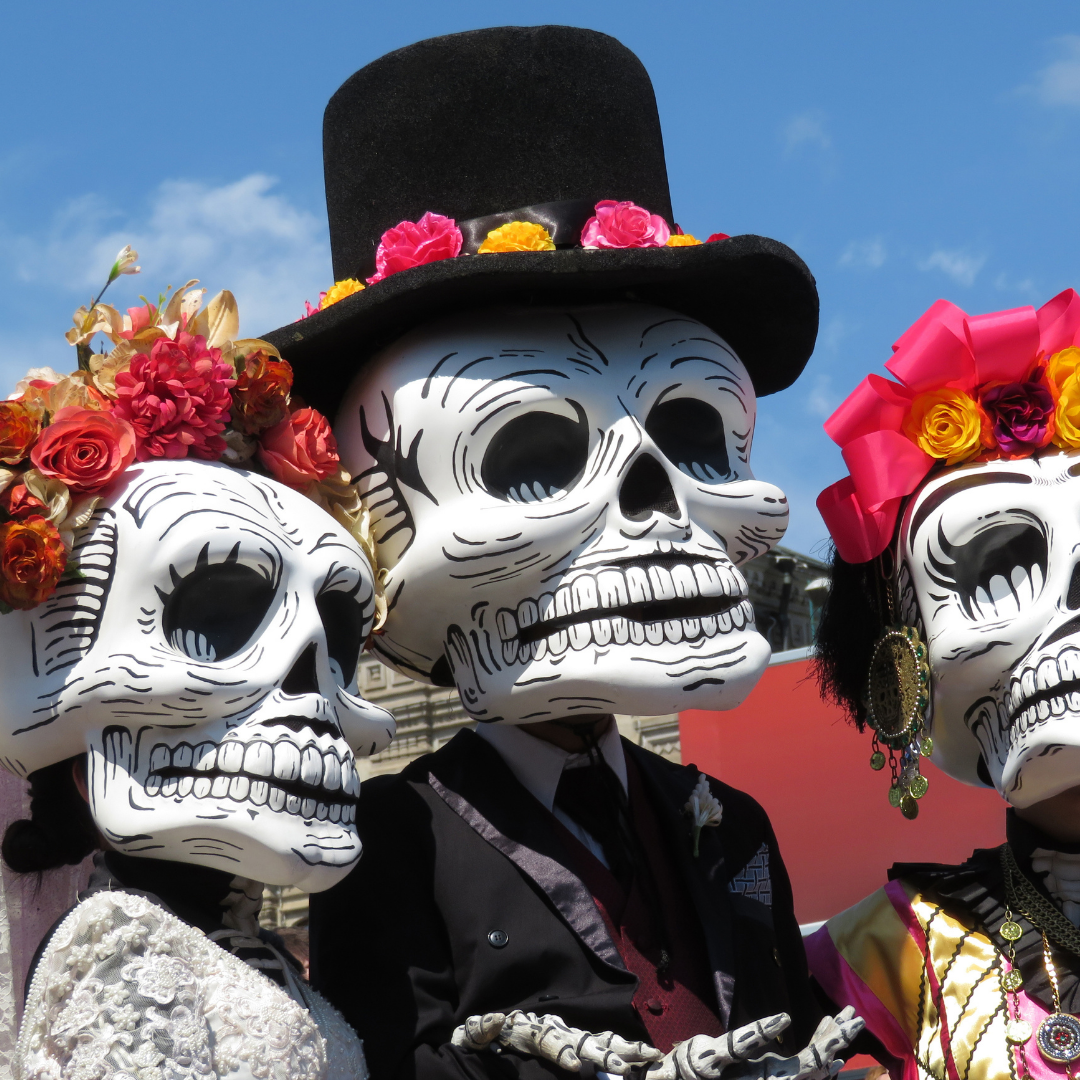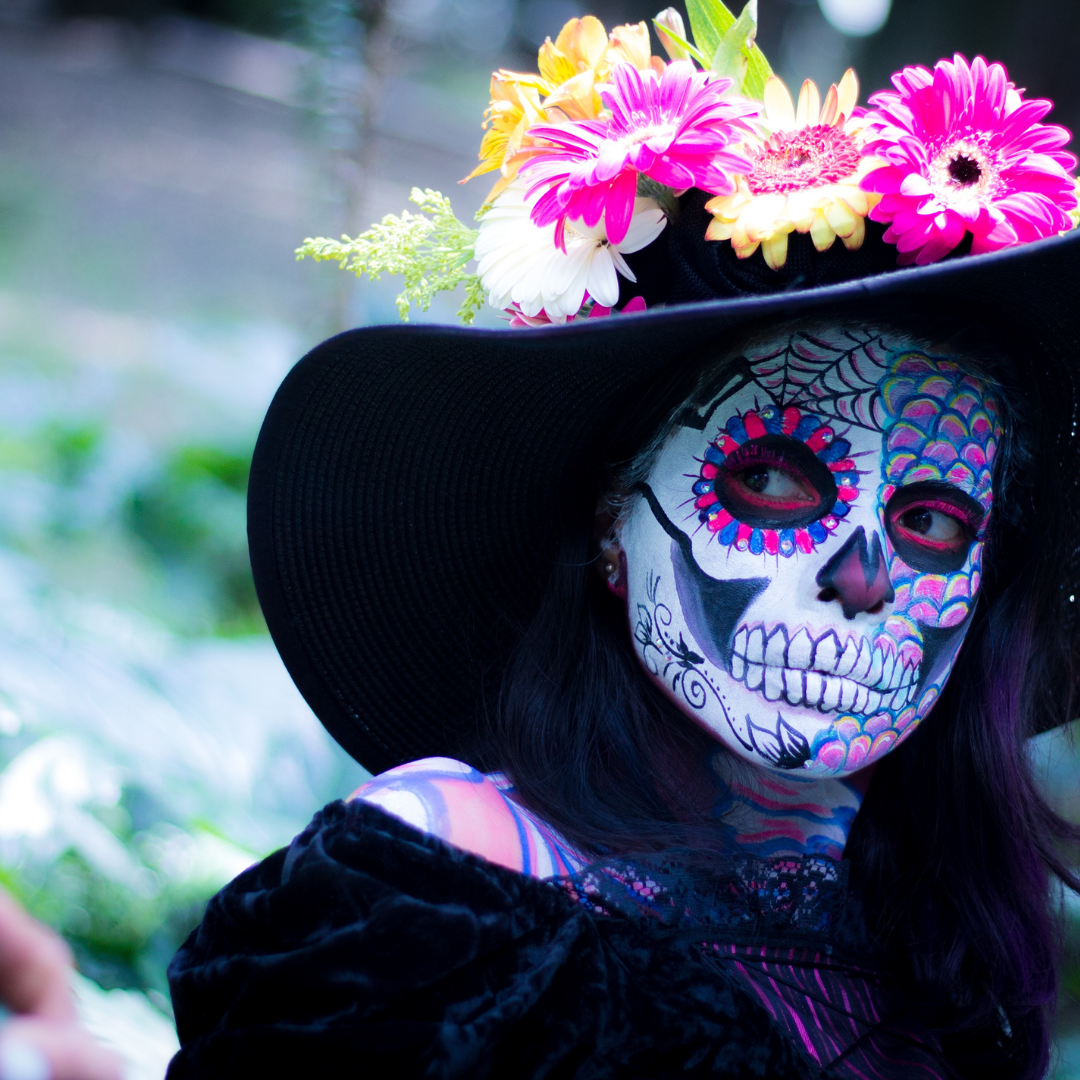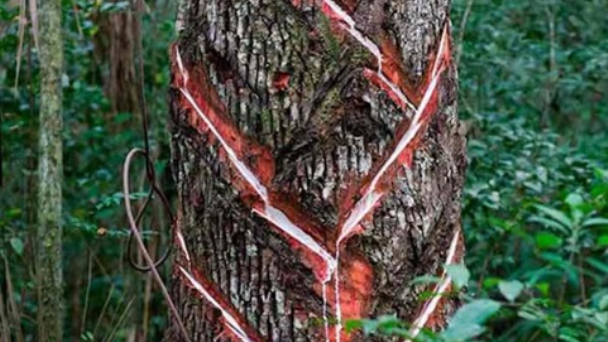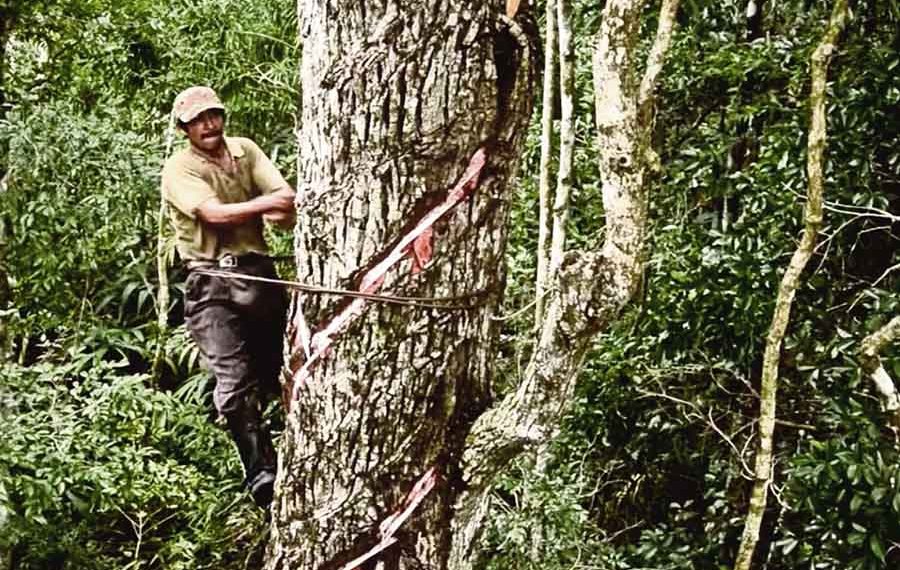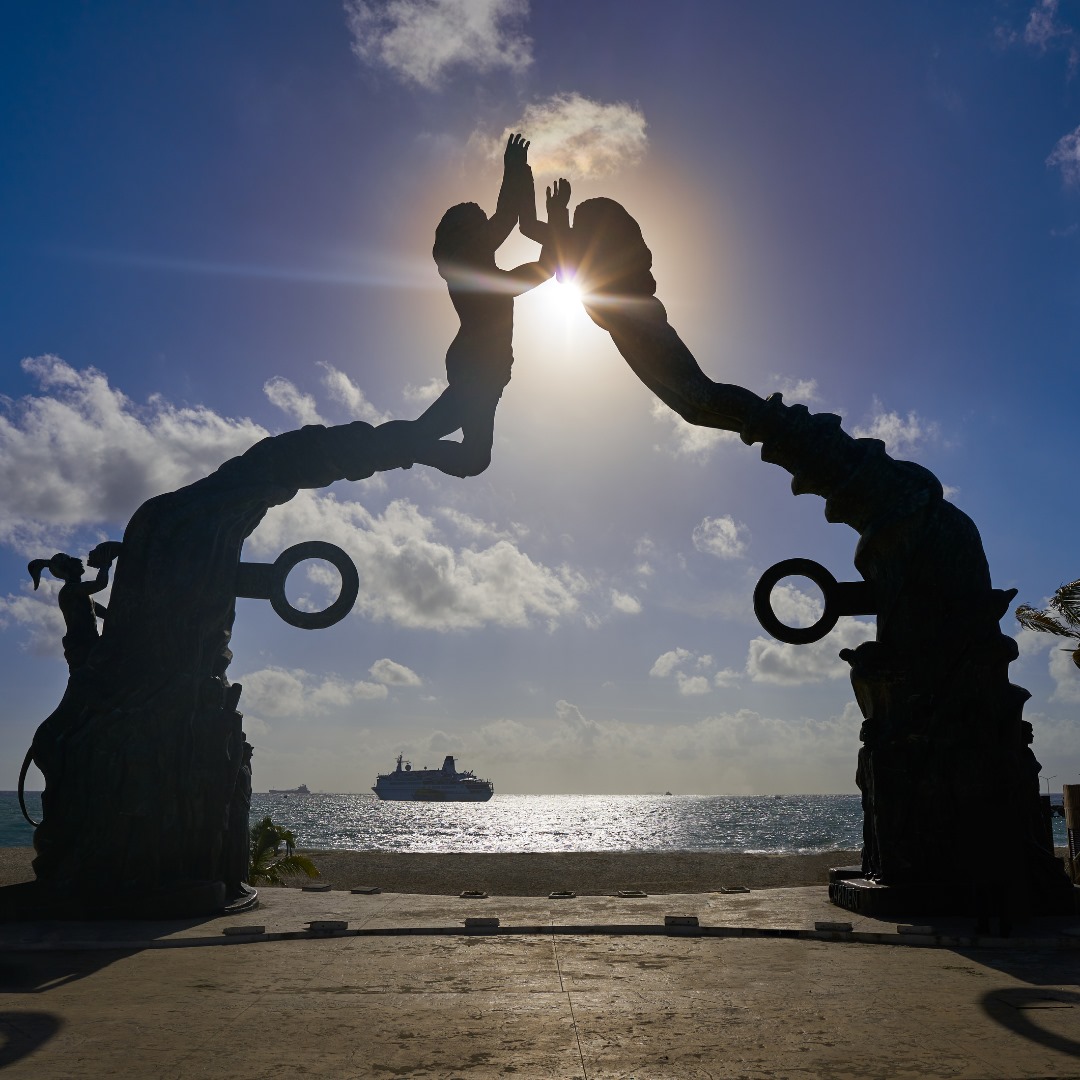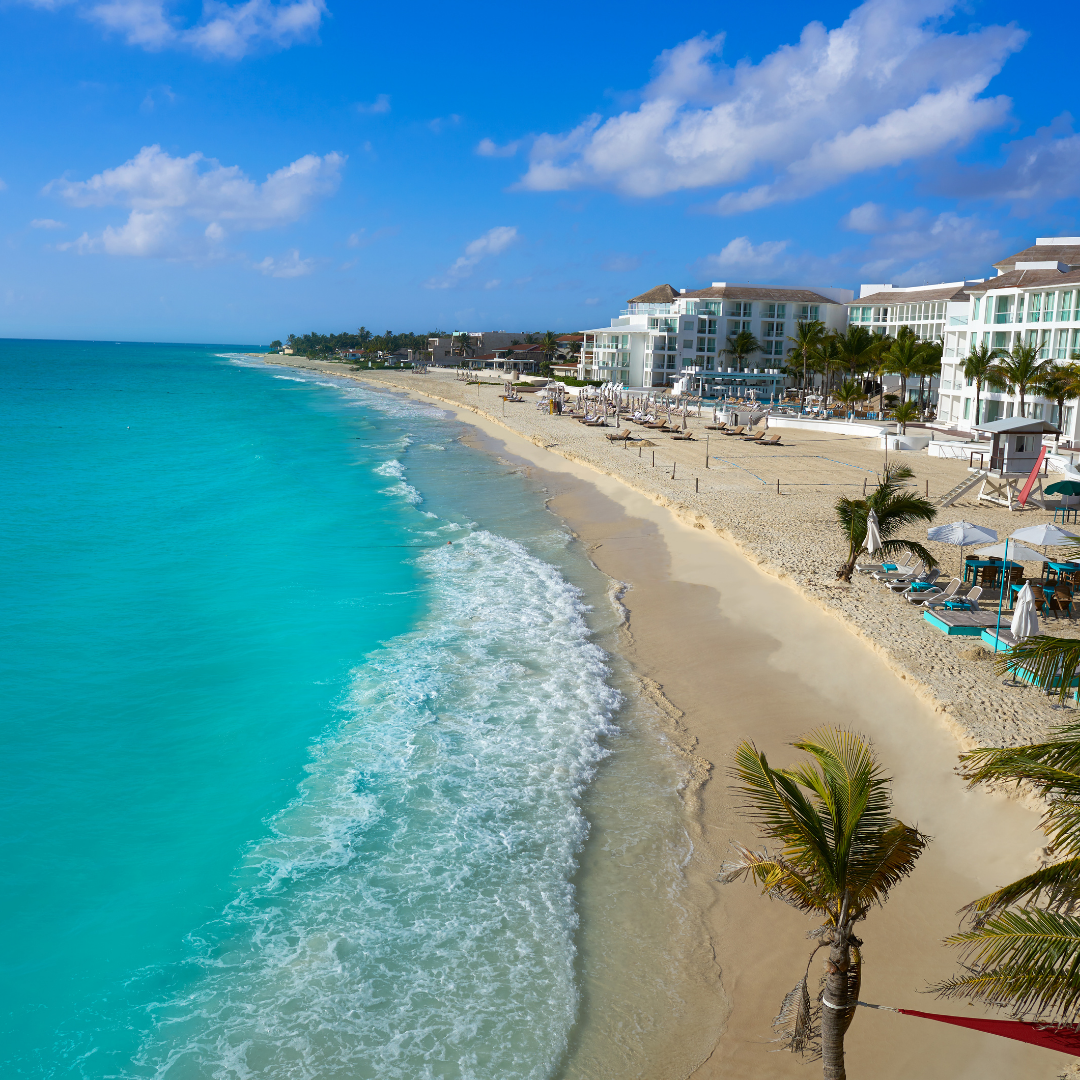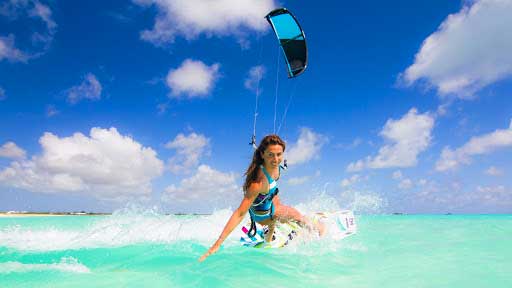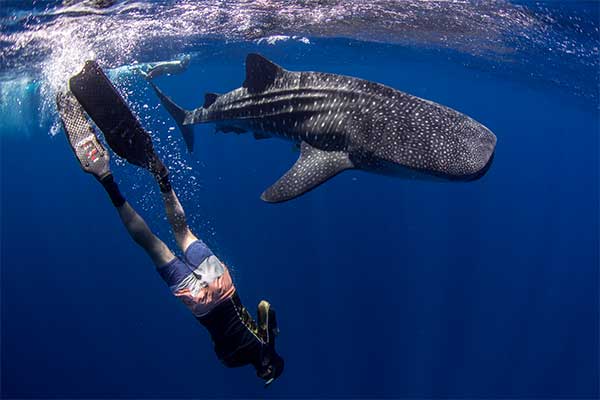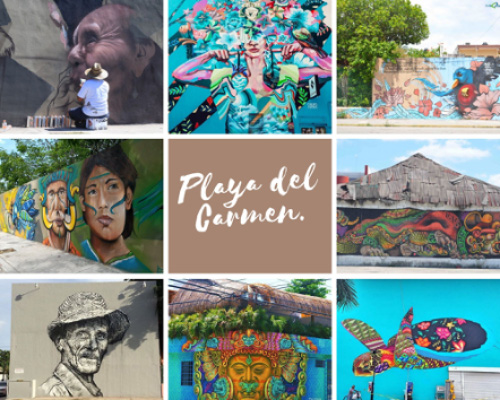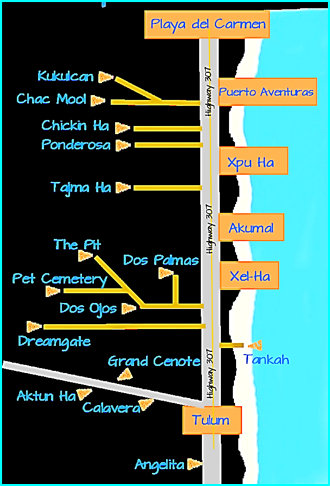The best way to deal with them is not to run away from them, but to prepare yourself. Follow the specialized sites. And where truthful and accurate information is shared. Our favorites to monitor the season are:
Windguru: This site presents an estimate for up to two weeks and frequently updated info based on currents and wind. Their forecasts of rain and temperature are always correct.
StormCarib: This is a website / blog with satellite maps. The descriptive reports they publish allow all to understand how the sea behaves.
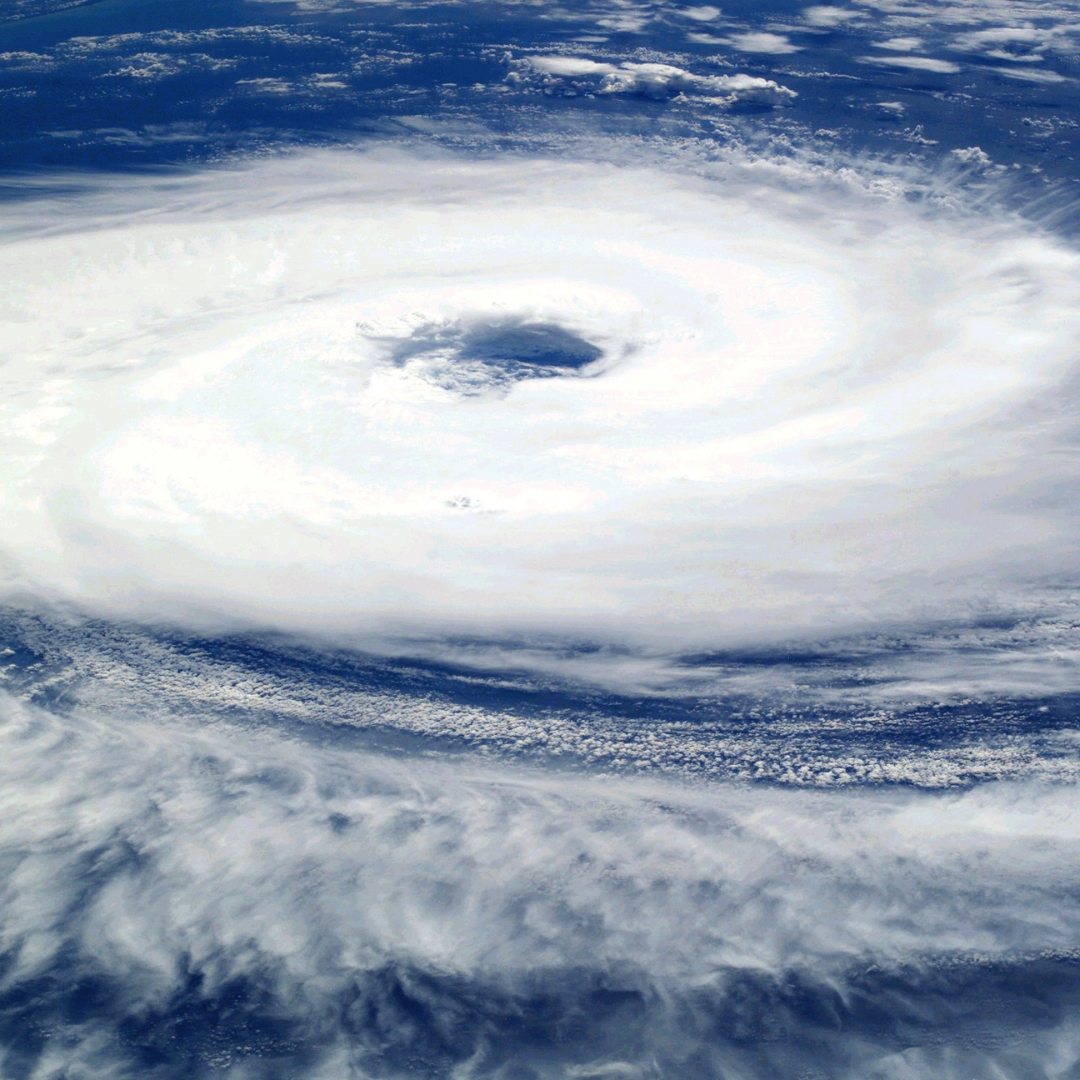
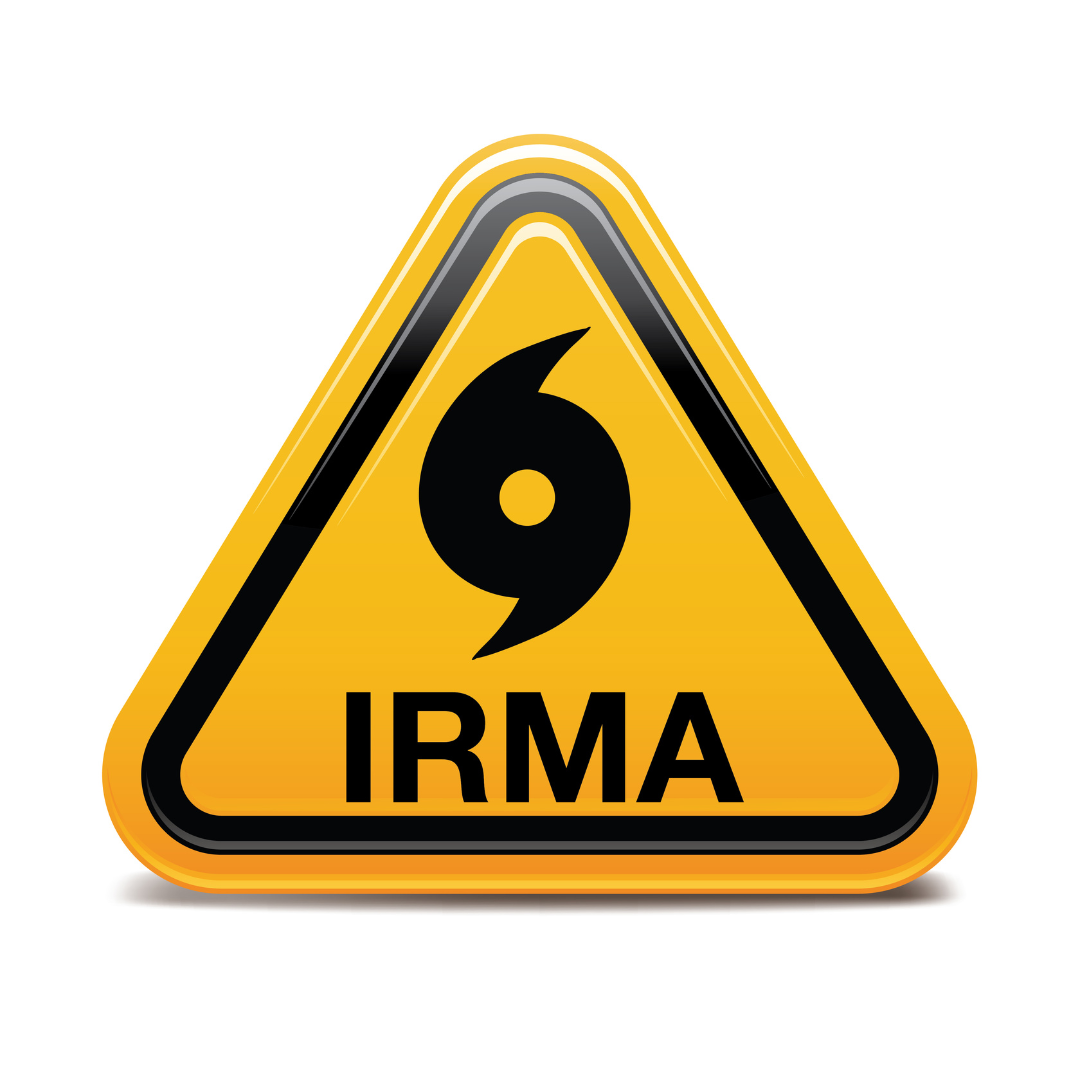
Every season, the names of the storms are defined in alphabetical order. Male and female, starting with one and the other, every year. The list is published months before and is assigned according to each storm that forms.
Check the 2022 hurricane list for the Atlantic Ocean here:
WIKIPEDIA – Temporada de Huracanes en el Atlántico
Wind and rain are powerful forces.
Algunas sugerencias para el antes, durante y después, incluyen:
BEFORE.
Prune trees that obstruct electrical power cables and those that could represent danger.
Protect glass with adhesive tape attached in the shape of a cross.
Fix objects that could be thrown by the wind, such as water tanks or antennas.
Clean roofs, gutters and drains. Identify the closest temporary shelter and the route to get there quickly, in case you need it.
Store food, drinking water, and have emergency supplies on hand.
Save important documents.
Close doors and windows.
Cut off gas and electricity supply
DURING.
Stay in your home or temporary shelter until the authorities report that it is safe to go out.
Stay away from windows to avoid injury if they break.
Keep calm.
Stay informed
AFTER.
Stay in the shelter until the authorities report that the danger is over.
Keep the gas, electricity and water disconnected until ensuring that there are no leaks.
If your house was affected, inform the authorities and go to the temporary shelter.
Make sure food and water are clean.
Evacuate water to avoid mosquito infestation.
Avoid walking through affected areas, stepping on cables and dangerous materials.
Avoid driving on roads and highways.

Stay safe! Don’t be alarmed and get ready.
Our TOP TEN recommendations are:
Important documents in waterproof bag.
Packed backpack with cash and a couple of changes of clothes.
Extra closed shoes.
Large plastic bag to protect your backpack.
Waterproof jacket and boots or closed shoes.
Flashlight with extra batteries.
Non-perishable food.
Battery powered radio
Extra batteries for flashlights and cell phones.
Candles. Matches / lighter.
Keep calm.



